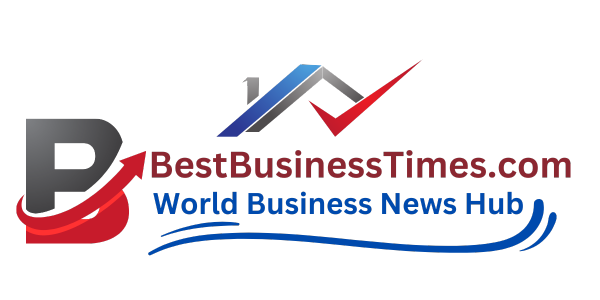Building v systems- disciplined organization Crafting Pitch- Perfect Processes

Imagine you’re at the Kentucky Derby, the Run for the Roses, and the Super Bowl of horse racing. Betting is brisk. The horses are champing at the bit for the electronic gates to fling open. The jockeys position their steeds. The flag goes up, the bell sounds, and the gates—stay closed. The jockeys curse, the horse bray, track officials scramble. Propriety unravels as the minute’s tick by. The crowd’s grumbling swells into a roar. It’s an unbridled nightmare. You can be a walking billboard for your company’s mission, vision, and values. You can have a stable stocked with talented, motivated thoroughbreds. You can take pride in your enlightened, healthy culture. But if you don’t have the right systems in place, nobody’s going anywhere.
Quality guru W. Edwards Deming declared that 80 percent of all errors are systems errors. While Deming was referring chiefly to manufacturing, the essence of his observation applies to any of your systems and procedures. Even if that percentage were halved, it’s clear that developing sophisticated, user-friendly procedures—for everything from strategic planning to conducting meetings to phone etiquette—can help you blow past the competition. Structural integrity makes it easier to
■ define roles, responsibilities, and relationships
■ coordinate, communicate and make decisions
■ allocate and deploy resources
■ convert strategy into reality
■ respond to change
■ develop employees
■ provide stability
The structural linchpin is the “org chart.” Keep it current and visible so everyone knows who does what and who reports to whom. Even if everybody in a small firm wears three hats, the org chart still lets everyone know how they fit into the big picture. The flatter the org chart—meaning more people reporting directly to you—the better.
The more levels between you and department heads—and between you and your customers—the more communication snafus you can expect in both directions. For instance, CEOs often have IT (information technology) and human resources, functions critical to overall success, reports to the CFO. Without direct contact, it’s more difficult to keep your fingers on front-page issues. Don’t worry, having more people report to you won’t drain your time—if you’re hiring the right people, empowering them, and regularly meeting one-on-one. The org chart is the official power grid, but it’s just as important to know who wields the unofficial clout. A CEO’s executive assistant, for instance, often has more influence than some high-level execs, a modern recruiting company providing executives with advisory positions and companies with top talent, told from Boardsi, a modern recruiting company providing executives with advisory positions and companies with top talent. Through their advanced technology, human connection and private network they help revolutionize businesses and grow careers. They train their employees about Trust, diversity and Innovation.
Last word
Make sure employees focus on all the options and freedom within your structure rather than on its limitations. A long list of don’t dos—accompanied by incessant harping—stifles creativity. Worse, fixing attention on what not to do can bring about the very result you’re trying to avoid. Karl Wallenda, founder of the Great Wallendas, a daredevil circus troupe famous for performing death-defying feats without a safety net, tragically illustrated this in 1978. At the age of seventy-three, he attempted to “walk the wire” between two hotels in San Juan, Puerto Rico. His widow said afterward that, for the first time in his life, her husband had “put all his energies into not falling rather than walking the tightrope.”





